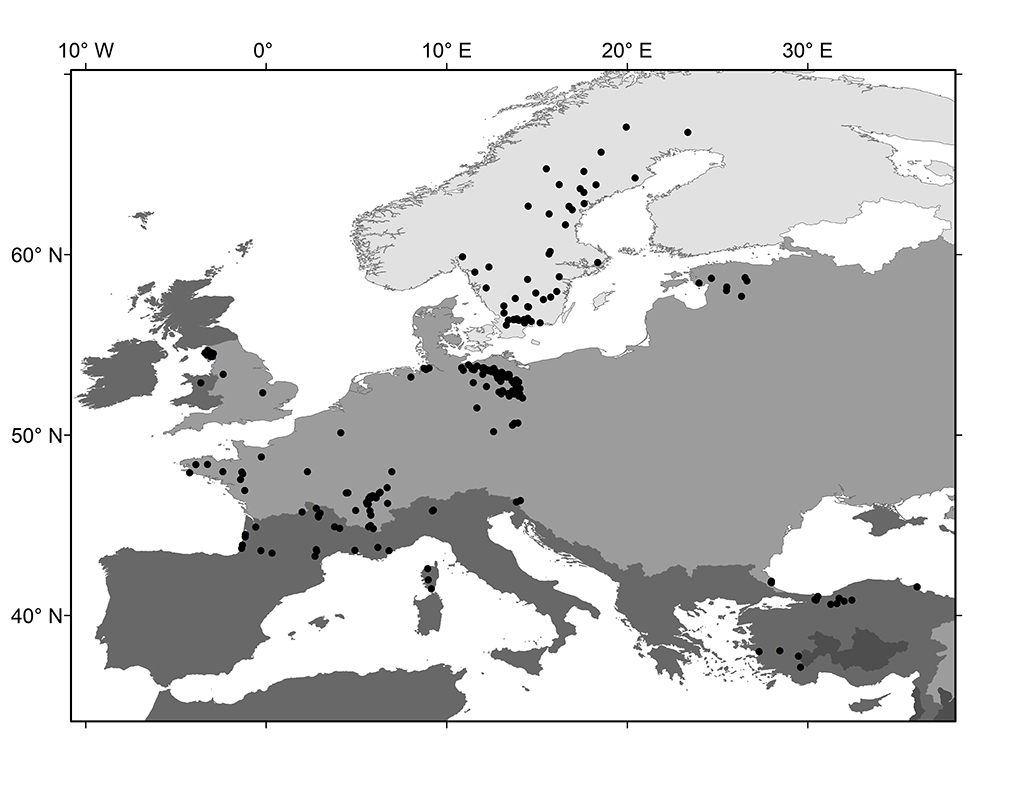All ecosystems, and aquatic ones are no exception, are made up of different trophic levels. Predator-prey relationships that are established between more than two of these levels are called trophic cascades and can significantly alter the functioning of ecosystems. These cascades, one of the most studied concepts in ecology, are the topic of the article Energy-based top-down and bottom-up relationships between fish community energy demand or production and phytoplankton across lakes at a continental scale, published by our group.
Our work analyzes the magnitude of trophic cascades from an energy point of view in lakes using samples from 227 European lakes. The results suggest that bottom-up effects have more effect on ecosystems than top-down effects. That is, the observed effects of primary producers (i.e., those that are food for other species but do not feed on any of them) on the fish that inhabit the lakes are substantially stronger than the effects that fish can produce on these primary producers.
To reach these conclusions, we used the Metabolic Theory of Ecology to estimate the metabolic metrics of each fish community, as well as to calculate the energy demand and production of each community. From each of the lakes analyzed, we quantified the magnitude of the trophic cascades and established in which direction they have the greatest impact on the ecosystem. In addition, for the first time, generally neglected effects have been taken into account in the comparison of trophic cascades between ponds, such as the metabolic activity of fish. The results are important for the management of the ecological status of European lakes.
